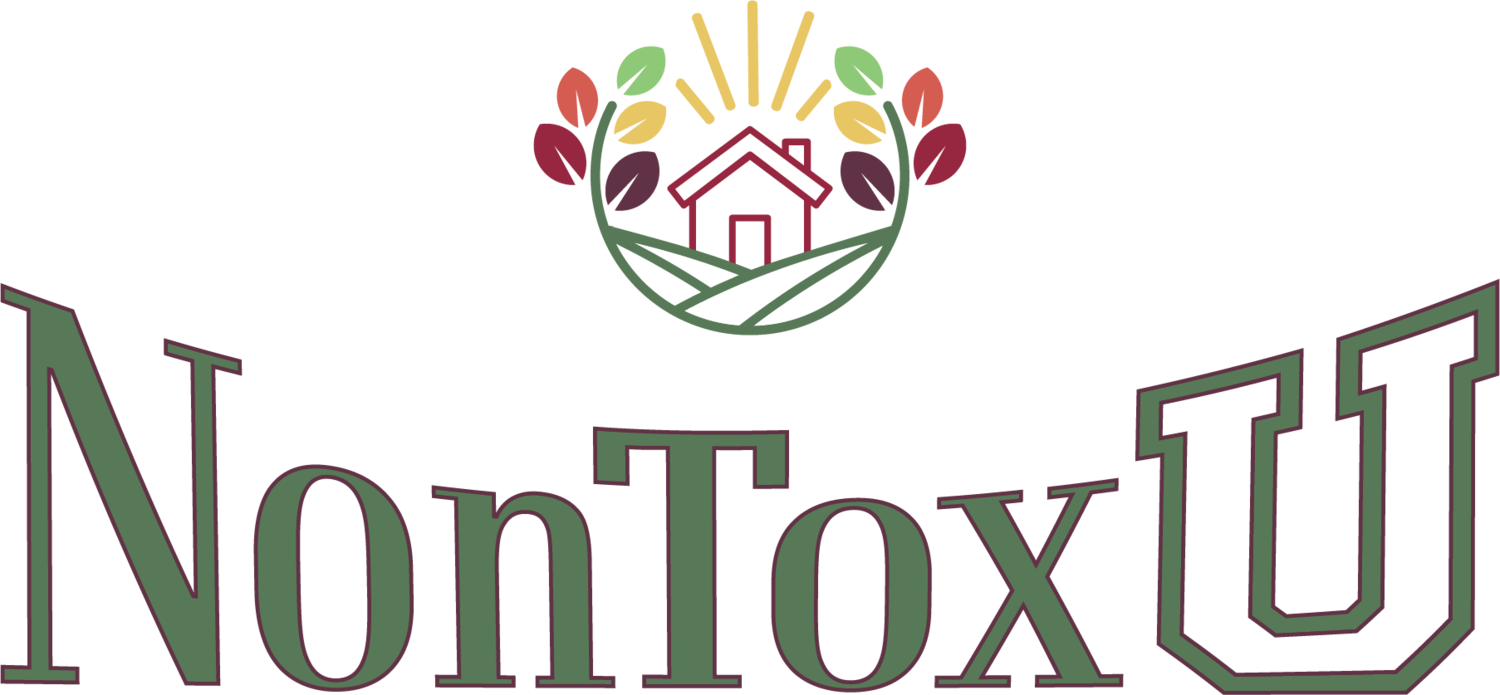Safe Play Sand
January 13, 2014, by Debra Lynn Dadd
Question from Concerned Mom
We are looking for play sand for our toddler - the type of sand that is used for playing in sand boxes or sand tables outdoors.
We found Quikrete brand at Home Depot, but then discovered negative reviews on Amazon stating that it produces a large cloud of dust (concerns about inhaling silica dust), that some people had rashes, scratchy throats, etc, after exposure to it, that it isn't safe for children, and that even though it is supposedly screened/cleaned, this product is "filthy."
And the MSDS for the Quikrete play sand does mention the respiratory concerns about silica, but of course they refer to continuous occupational exposure and state that this sand is safe for children to play in. However, it seems to me that a child sitting and playing in sand is also being exposed continually and repeatedly.
So it looks like we'll be returning this product to Home Depot rather than opening and using it.
But that leads me on a search for an alternative. I also noticed the Sandtastik brand on Amazon, with lots of positive reviews and claims that it is safe, non-toxic, contains no free silica or quartz, etc. But I don't know what to make of it.
But that leads me on a search for an alternative. I also noticed the Sandtastik brand on Amazon, with lots of positive reviews and claims that it is safe, non-toxic, contains no free silica or quartz, etc. But I don't know what to make of it.
What would make a play sand safe?
Obviously we don't want the ones that are reported to be scratchy, dirty, and causing rashes. But other than that, is there particular wording that would indicate that it is a safe product?
Children play in sand at the beach and it's a natural substance. Yet I saw remarks about some play sand being man-made, about sand at the beach containing carcinogenic substances (referring to the silica and quartz, I think), and so forth.
I'd just like to find a safe product for my child to play with, and while I'm used to checking things out thoroughly, it would be nice if something - anything! - were easy to buy without becoming a research project!
This is from the FAQ on the Sandtastik website:
WHAT DO WE MEAN WHEN WE SAY THAT OUR SAND CONTAINS NO FREE SILICA OR QUARTZ? Firstly, let’s examine sand found in dunes and on beaches. Toxicologists have proven that some of those tiny little grains of sand may contain known natural carcinogens. A carcinogen is a substance that causes cancer. Substances like silica and quartz through prolonged exposure to skin, inhalation or ingestion have potential health risks. Sandtastik sand is made from the feldspar family of rock which does not contain any carcinogens. It is 100% pure safe sand. www.sandtastik.com/faq
This is the product info page: www.sandtastik.com/100-sand/101-white-play-sand/1280-play-sand-50-lbs
I am also wondering how they make it white rather than the typical sand color. This product is also far more expensive than the play sand at places like Home Depot, and it takes multiple 50-pound bags to fill up a sandbox.
So while I'm willing to pay more for safe things for my child, I'd like to know that what I am buying truly is safe, and how to tell if this is a good product or if I should keep looking.
Debra's Answer
The problem with free silica and quartz occurs in sand made from crushed rock.
If you've ever looked at beach sand up close, it's rock that has been worn down by the water. Crushed rock creates a lot of dust, and thus, the dust hazard of this type of sand.
The recommendations are
look for river or beach sand in landscape and gardening store.
Buy Safe Sand (this site has more information about the problem.
These are archives of Q&A asked by readers and answered by Debra Lynn Dadd (from 2005-2019) or Lisa Powers (from 2019-2020). Answers have been edited and updated as of December, 2020.
